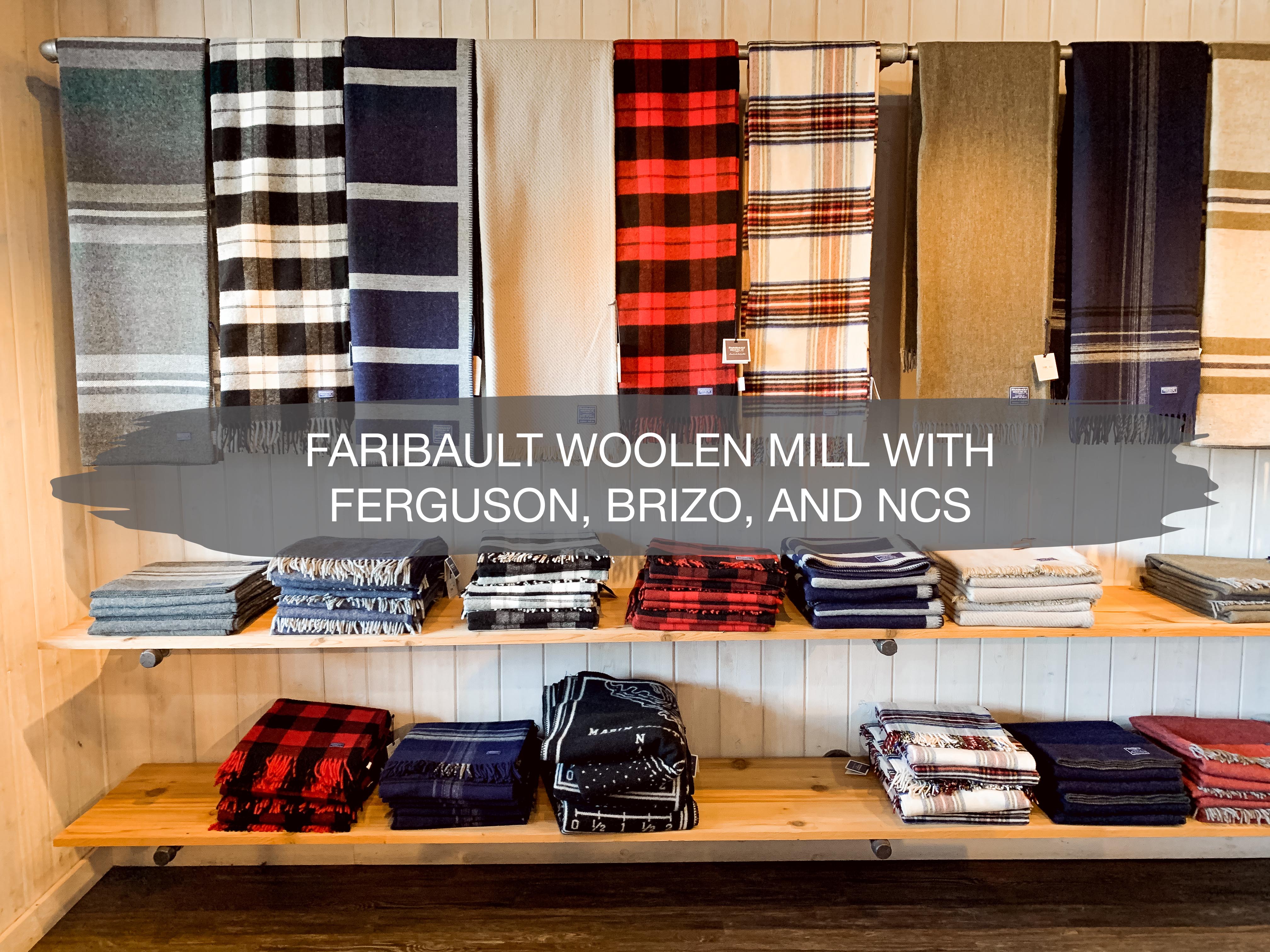
On Wednesday, I got the opportunity to tour the Faribault Woolen Mill, thanks to Ferguson, Brizo, and NCS! If you have never been to Mill for a tour or to visit their store, it is definitely worth the drive. It is such a cool factory with tons of history and people that care so much about it.
History of the Mill
Before we took the tour, we learned some history about the factory. It began in 1865 when a German immigrant created what became the Faribault Woolen Mill. The first mill was a wool carding factory, which turned local wool into wool batting. Then in 1892, the current mill was built. Today, the factory is in the same building as when it first began.
During WWI, the Mill supplied over 100,000 blankets to members in the military. They made another 250,000 blankets in WWII and still make blankets for all branches of the military. In 2009, the Mill had to shut down and close for the first time in history due to financial challenges. Then in 2010, there was major flooding on the Cannon River. An investor came in and revived the Mill and the factory was back up and running in 2011. It’s now one of two vertical woolen mills left in the United States – amazing!
These are some of the designs and patterns the Mill has created throughout the years. How cool are these?!
Process
It takes around 10 days and 22 steps to make a blanket. The bails of wool are checked for quality and then go from dyeing, to carding, to spinning, to weaving. There are two threads that make up the weave including the warp, which are the vertical threads and the weft, which are the horizontal threads.
One of the aspects I found so interesting about the Mill is that most of the companies that built the machines are no longer in business. This means that if a part breaks or machine is having issues, the engineers and employees either have to find a part from extra machines the Mill bought back in the early 1900s or make a new part themselves.
One of the major differences to the Faribault Woolen Mill compared to others is that everything is done in this one factory. There are around 65 employees and 12-15 of those are doing things by hand each and every day. Nothing gets outsourced or brought in from other countries, it’s all American made.
All About Wool
The Faribault Woolen Mill gets 90% of their wool from the U.S. and 10% from New Zealand. It’s a natural fiber that is also renewable since sheep grow a new fleece each year. The Mill works hard to ensure that they waste as little as possible and take the scrap wool to create new blankets and throws, which is shown in the picture below.
This machine will load up an extremely large spool, holding thousands of threads, which will be then be ready for weaving. It takes 2 days to get the spool all loaded up.
Faribault Woolen Mill Store
Also located in the same building as the factory is the store where you can buy the blankets, scarves, and other wool products. The variety of colors, clothing items, and patterns that they have is amazing! We were blessed to receive a blanket from Brizo, Ferguson, and NCS and I am so excited to use it in my new home.
10,000 Drops Craft Distillers
After the tour of the Mill, we headed just up the road to 10,000 Drops Craft Distillers in Faribault. It was started by a couple of friends, who all grew up in Minnesota and last year, they achieved their dream of opening a craft distillery. We got a tour and learned a lot about how their whiskey, bourbon, and rum are made.
What a fun day learning about the Mill and the distillery! Thanks to Ferguson, Brizo, and NCS for bringing us along!

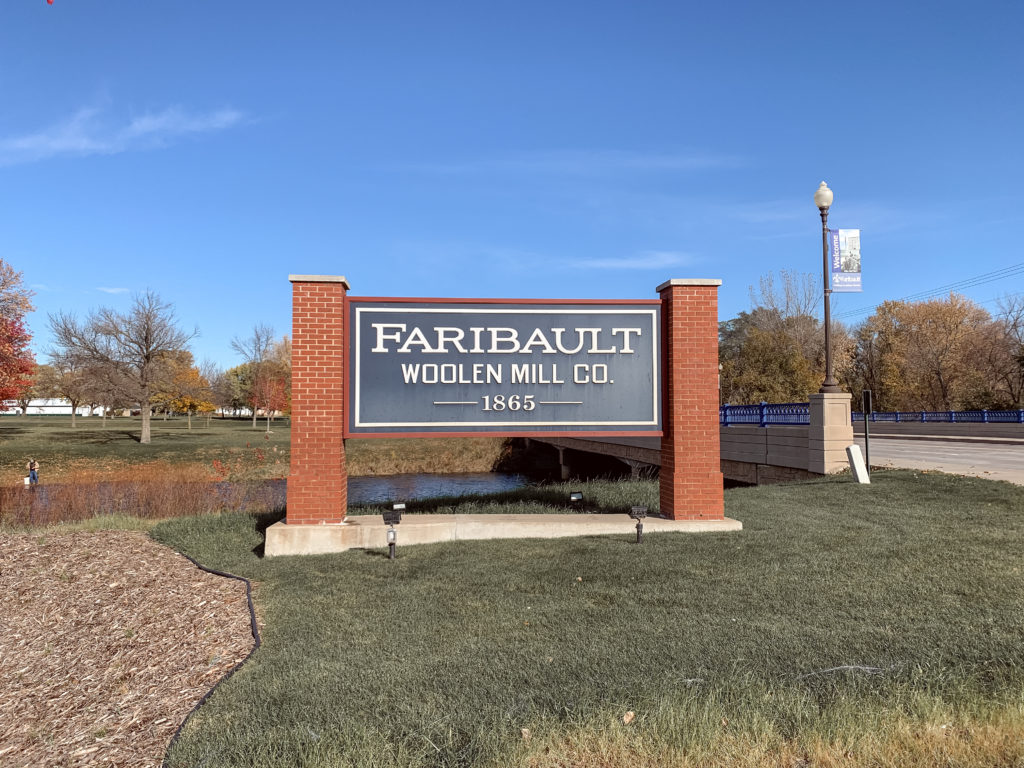

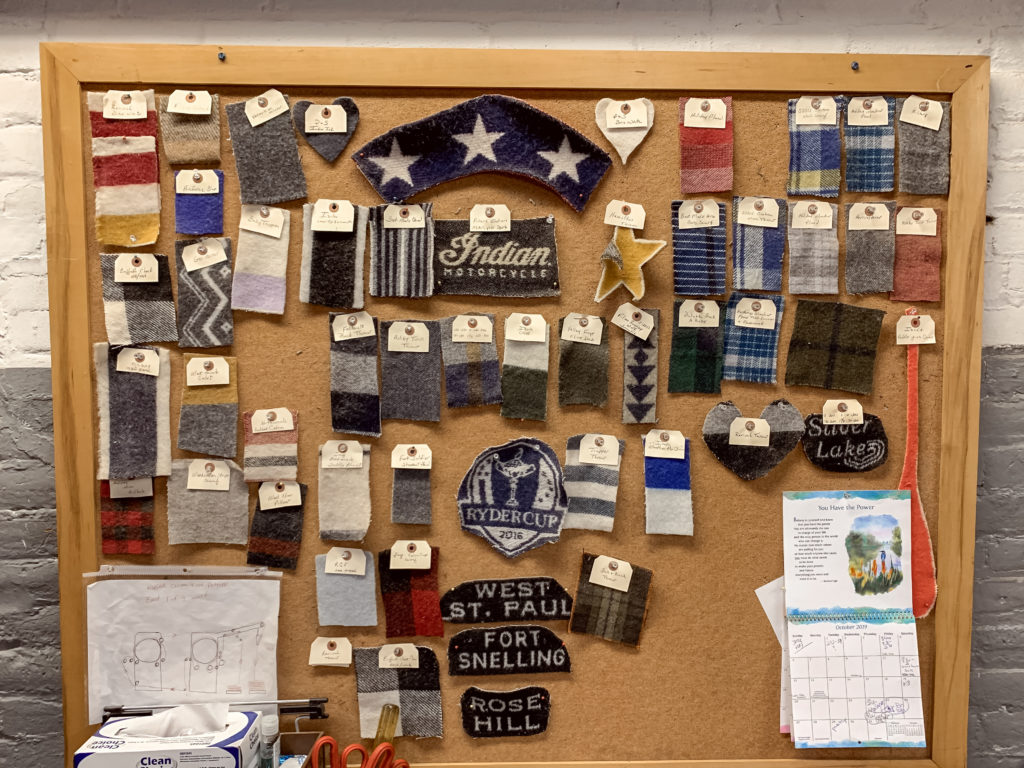
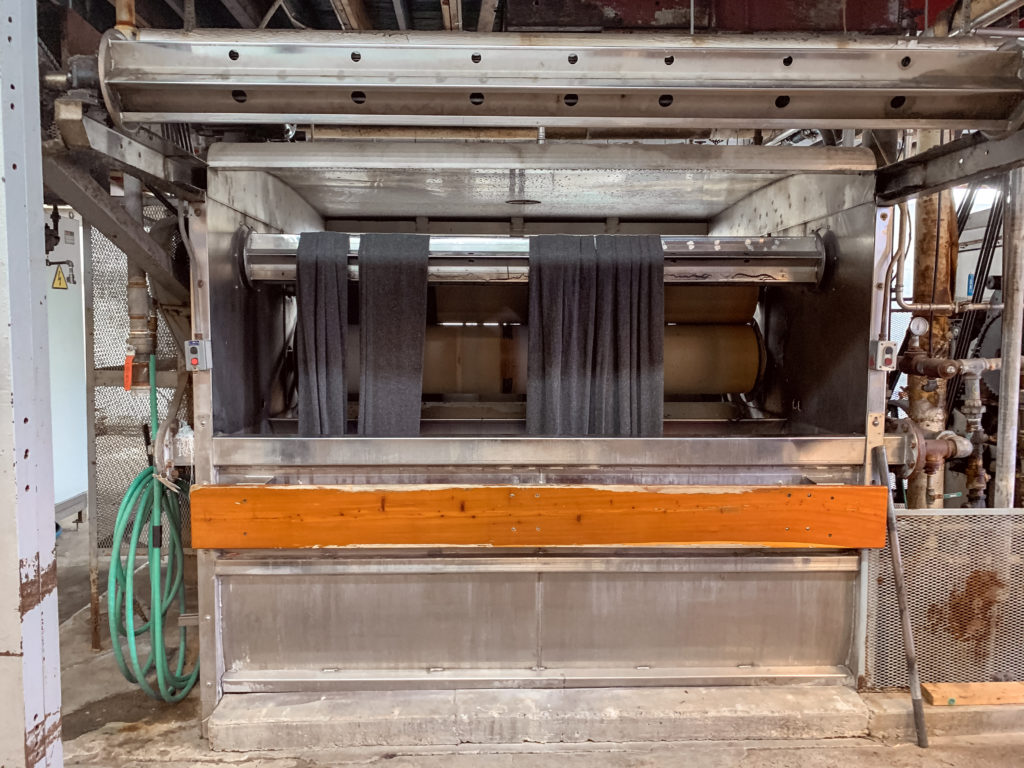
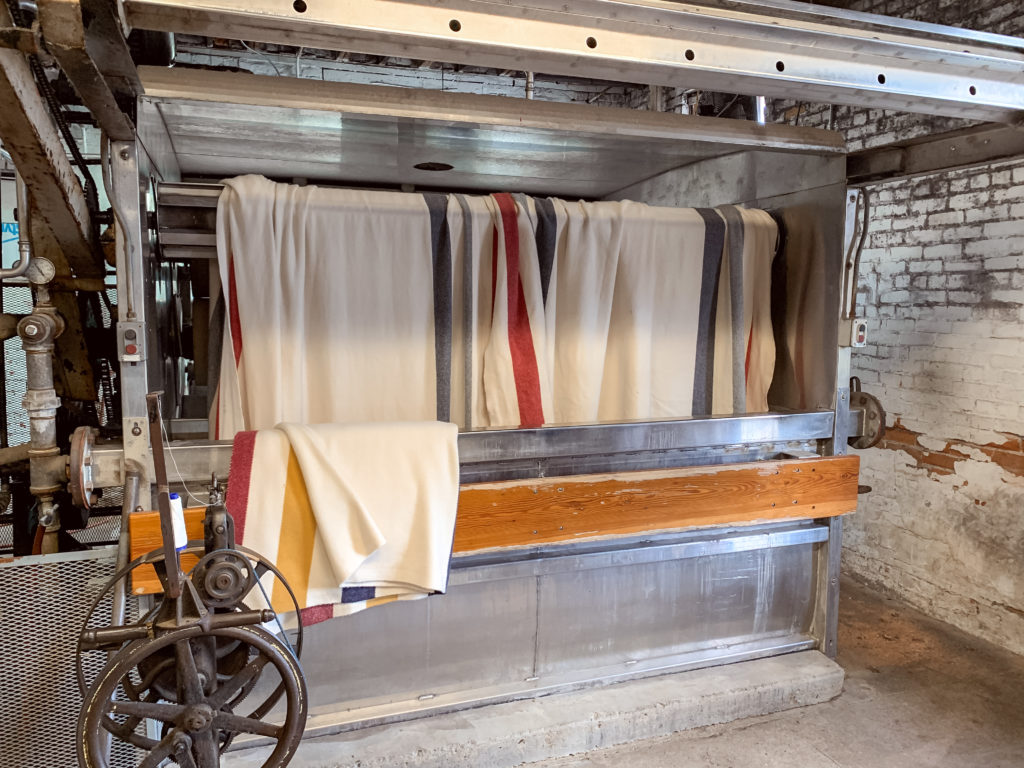
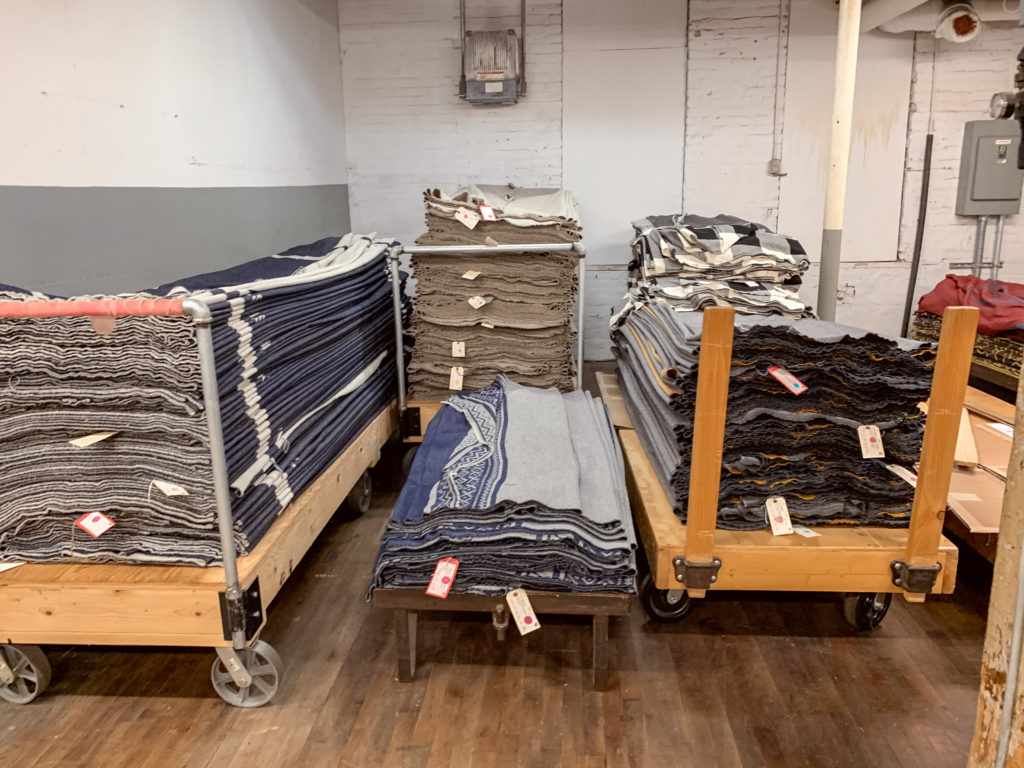
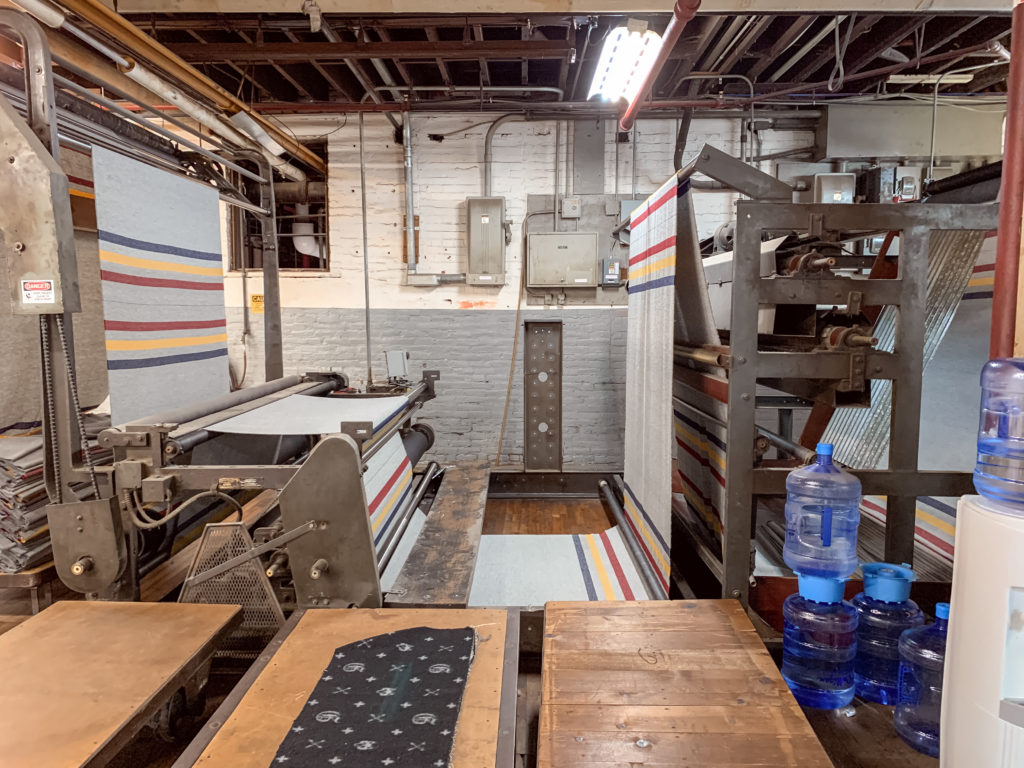
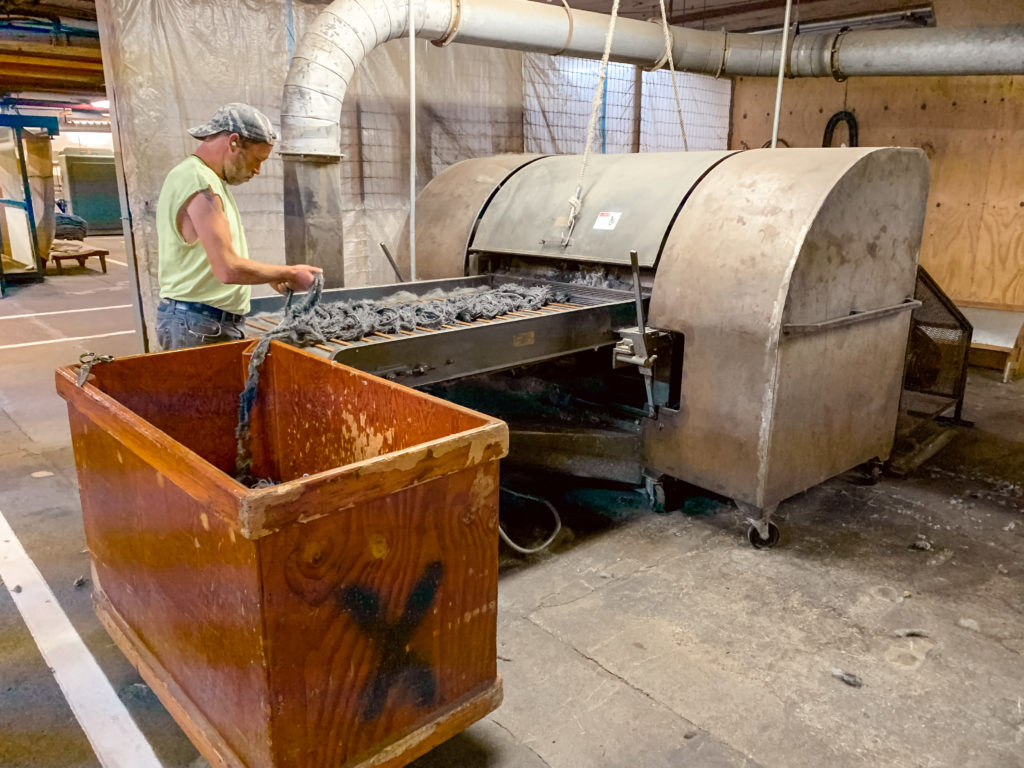
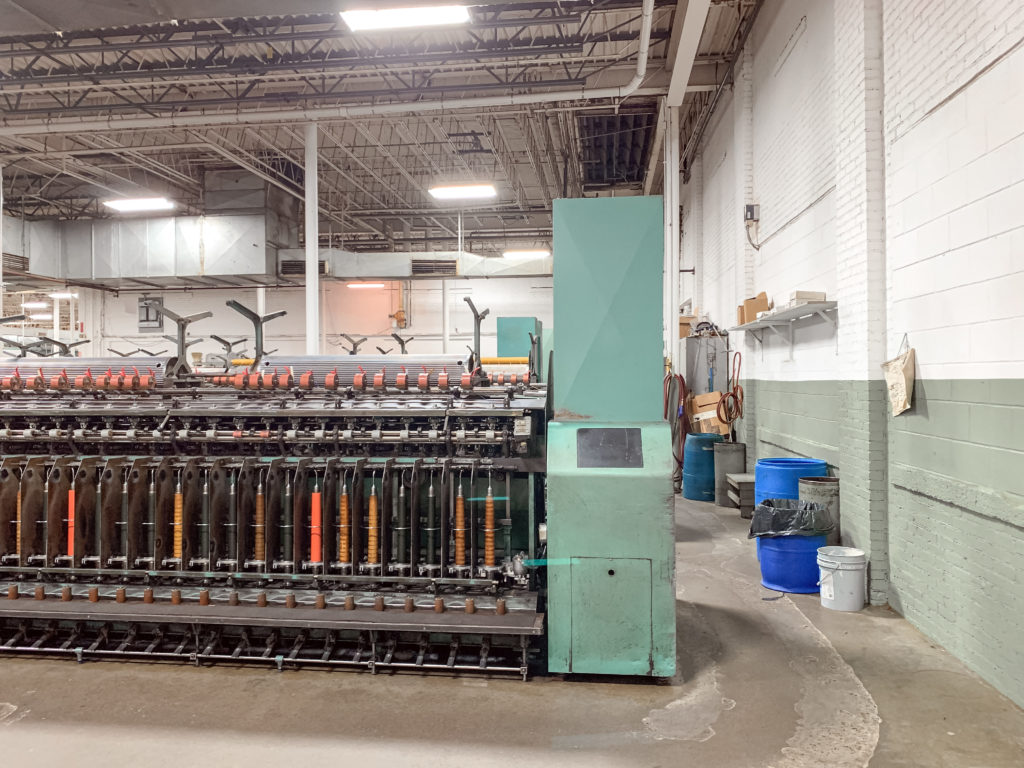
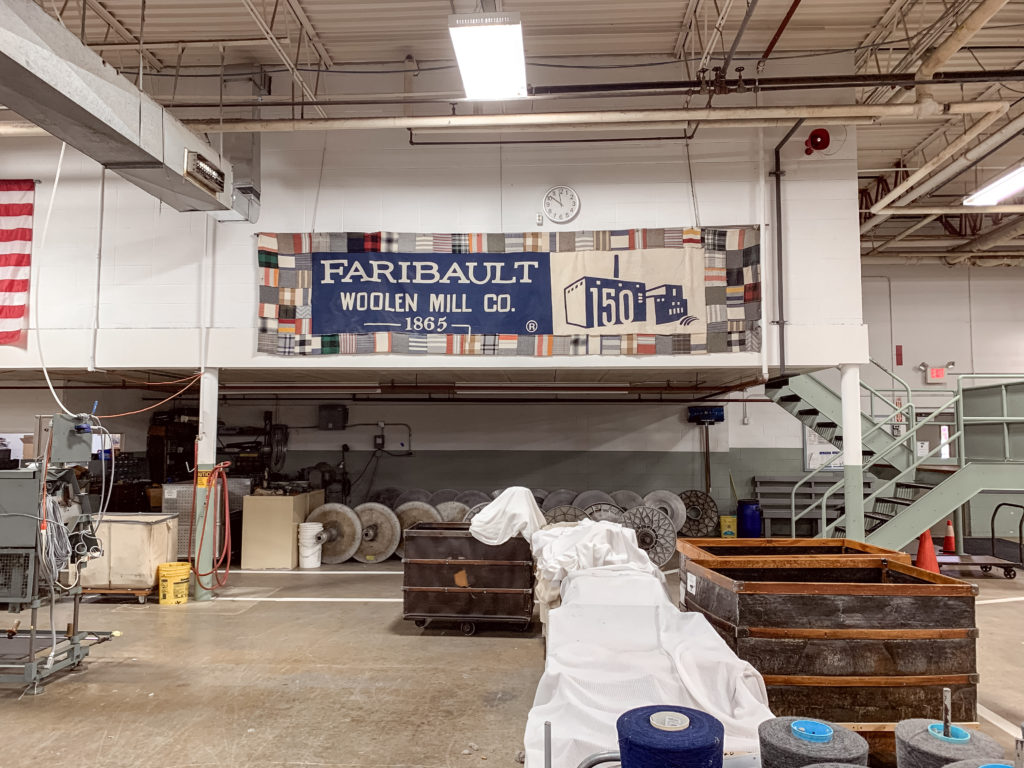
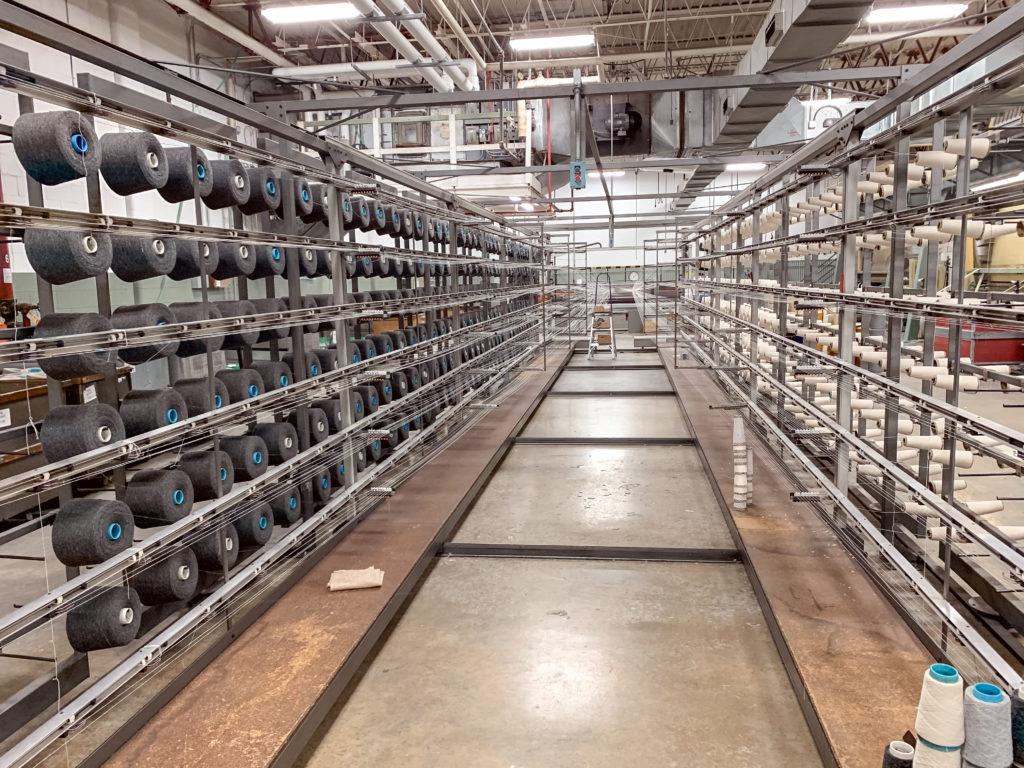
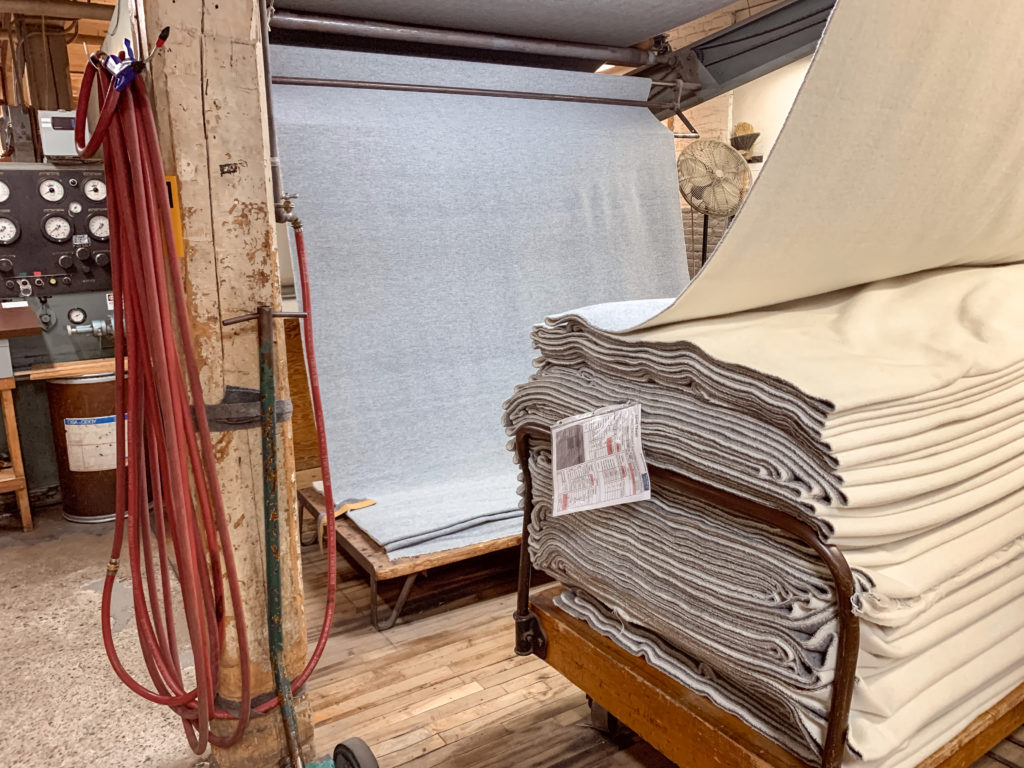
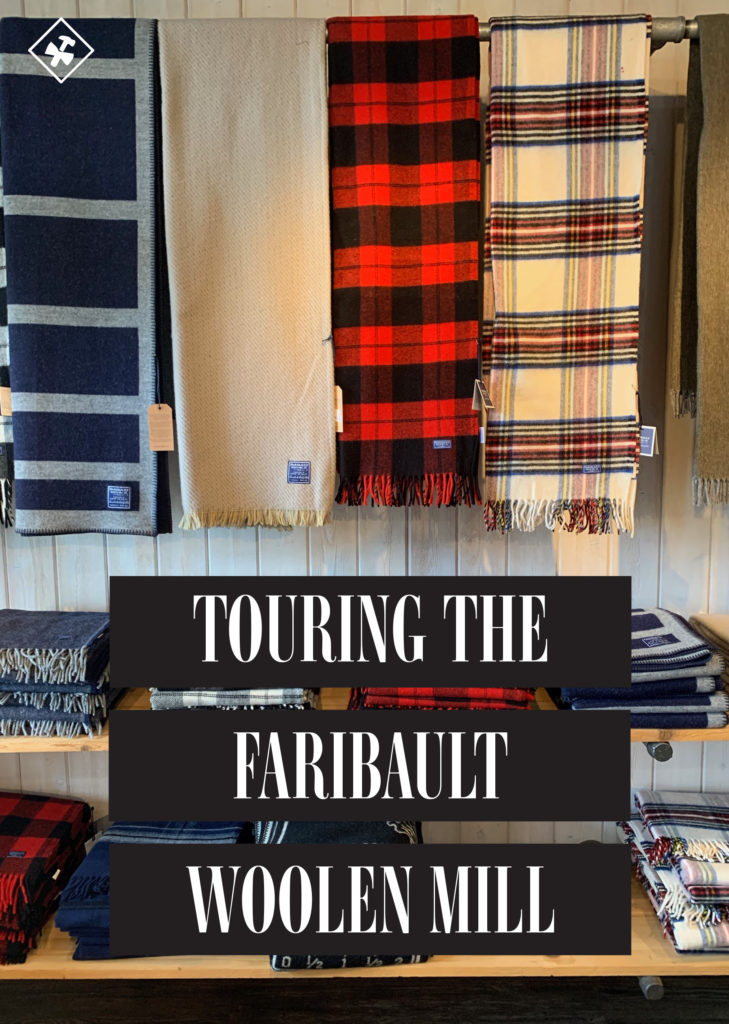
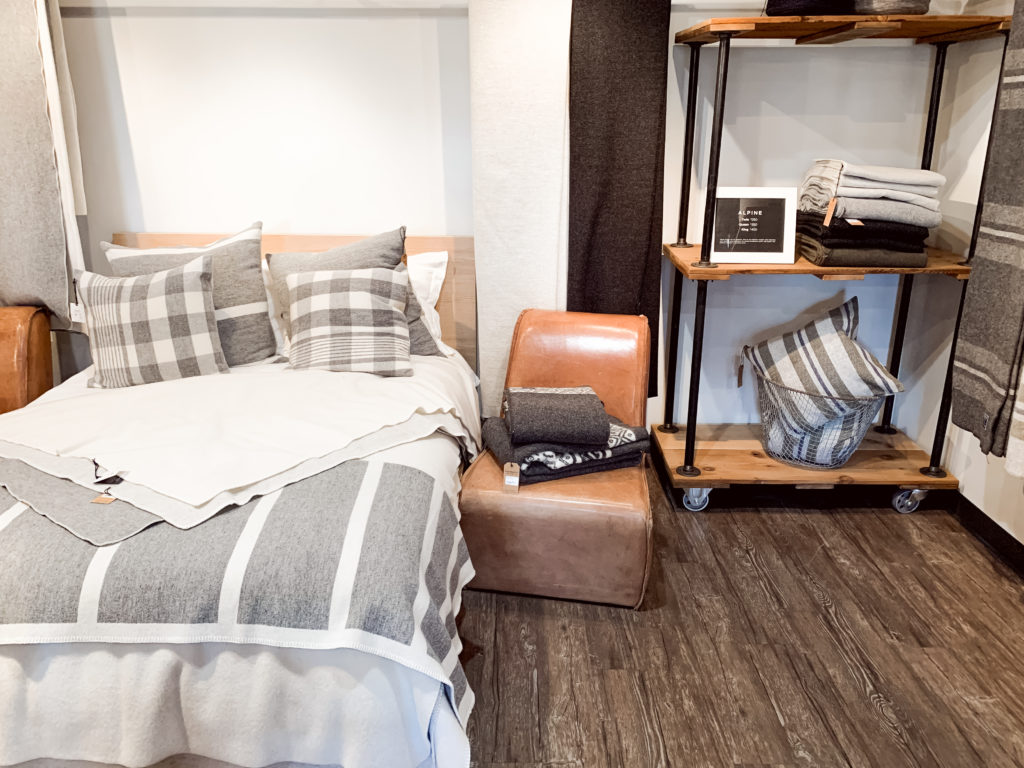


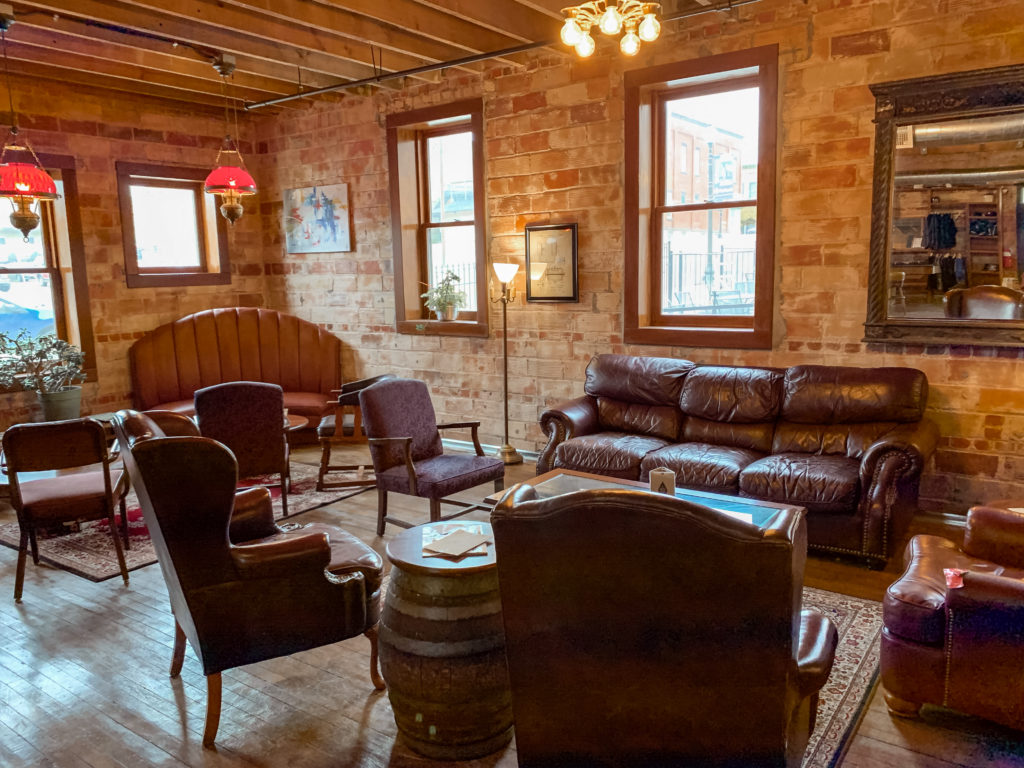


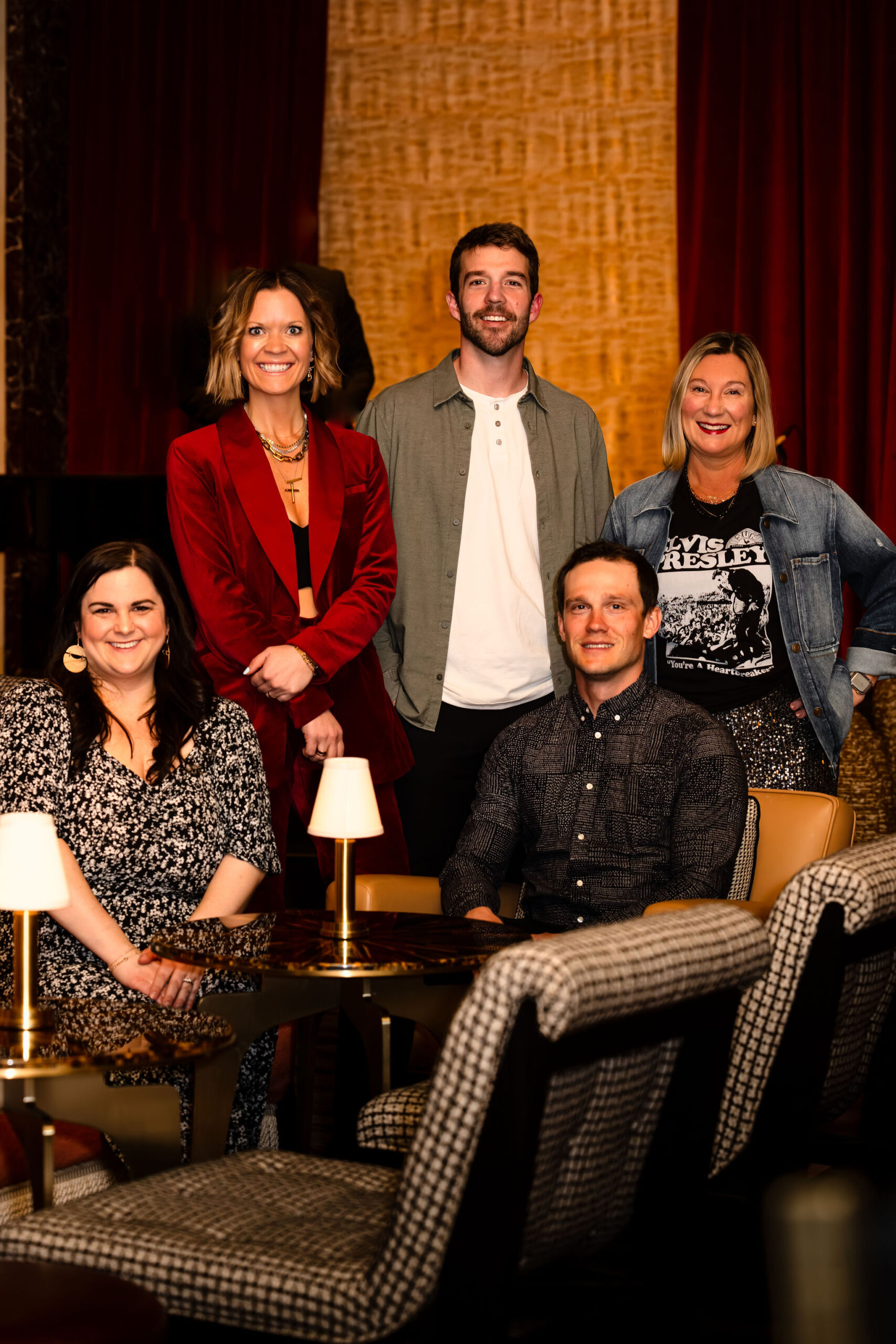


One thought on “Faribault Woolen Mill with Ferguson, Brizo, and NCS”
Comments are closed.